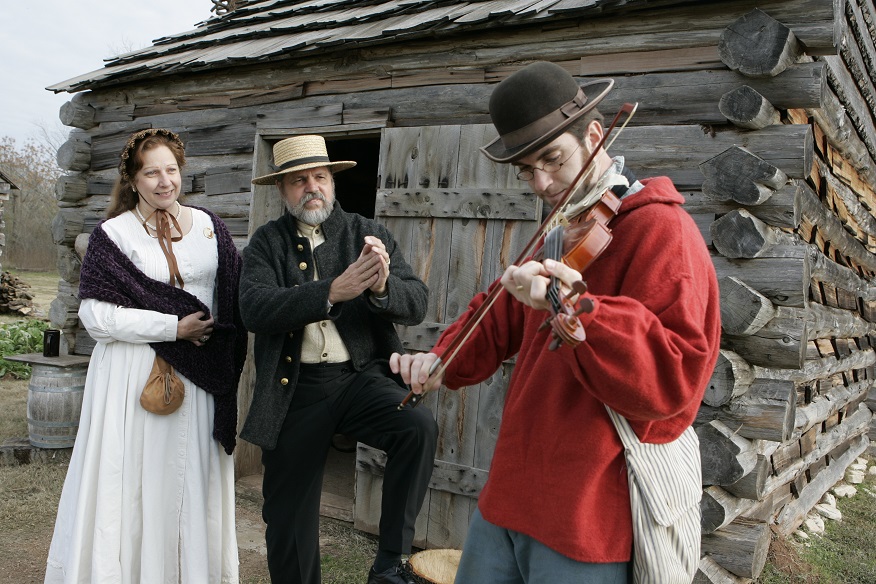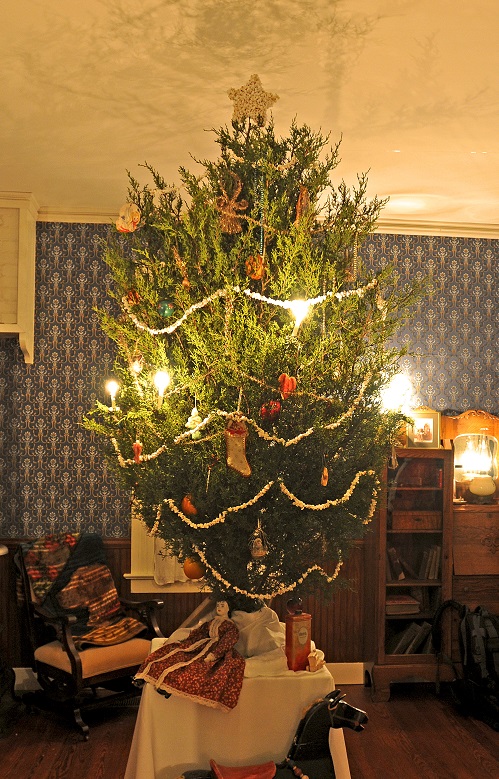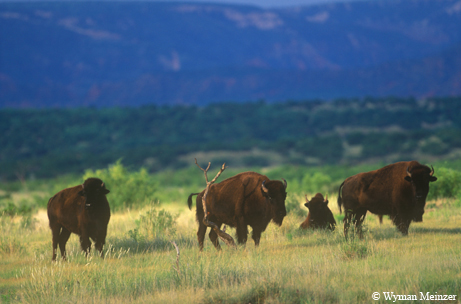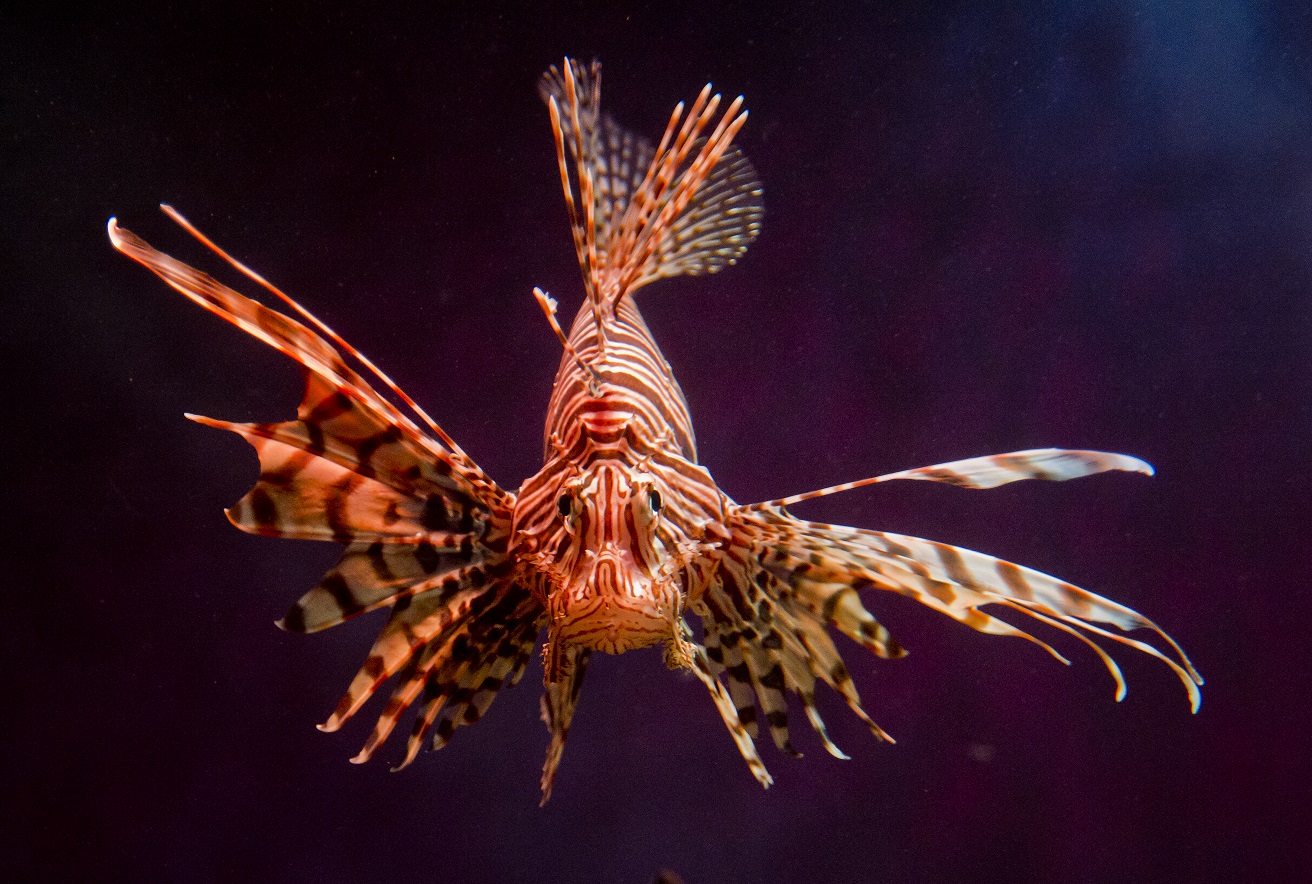December 26th, 2013

Lily Raff McCaulou Photo Marisa Chappell
This is Passport to Texas
When Lily Raff McCaulou moved from NYC to Bend, Oregon to pursue a career in journalism, her beat covered a large rural area.
05—I was there hoping to write about stories that mattered to them and their community.
Something that mattered to the community was hunting.
14—I didn’t know any hunters growing up – and this was just so far from what I was used to. And there was a little bit of a danger element. These were people who knew how to use guns. People who owned guns. There was something kind of scary bout that to me.
It didn’t take long for Lily to appreciate how hunting and land stewardship went hand-in-hand, or that her new neighbors were committed conservationists who had great compassion for the lives of the animals they harvested.
23—So, when I was meeting these hunters, I realized a huge part of hunting for them was being out in the environment and interacting with the natural world. And that, as hard as it was to understand, and hard as it is to explain, they actually had a huge amount of love for the animals that they hunted. There was not hate – it was actually the opposite of that – it was love and respect for these animals.
Tomorrow – Lily takes the plunge and pulls the trigger.
For Texas Parks and Wildlife…I’m Cecilia Nasti.
Posted in Uncategorized | Comments Off on Hunting: Call of the Mild
December 25th, 2013

Barrington Farm Christmas
This is Passport to Texas
We have something in common with early Texans.
06 – Christmas and the month of December—in large part—was the time when Texans gathered.
Cynthia Brandimarte is program director for Texas historic sites. Unlike today when a short trip by car or plane will get us to our holiday destination, travel was difficult for early Texans.
09 – And so when you traveled, you tended to stay. People had time at Christmas to do that—to travel and spend weeks.
Which makes the few days that most of us get off at Christmas seem like a rip off. And early Texans made good use of this block of time.
08 – It was then that they celebrated not only Christmas, but other special events, and planned weddings for the month of December.
Since Texas was mostly rural in the 19th and early 20th Centuries, and there wasn’t a lot of farming that could happen in December…
15 – It almost gave 19th Century and early 20th Century rural Texans an excuse not to work. And thus to play a bit more, and socialize a bit more, than they had time to do many other months of the year.
How will you spend your time off this holiday season? How about making a little time to enjoy the great outdoors?
From all of us at Passport to Texas, we wish you a very Merry Christmas and a prosperous New Year…For Texas Parks and Wildlife…I’m Cecilia Nasti.
Posted in Historic Sites, State Parks | Comments Off on History: Time off in Early Texas
December 24th, 2013

Christmas Tree inside Saur-Beckmann State Historic Site
This is Passport to Texas
The custom of decorating trees for Christmas took root in German villages during the sixteenth century.
07—A lot of Germans, as you know, settled Texas. And they brought a tradition with them of the tabletop Christmas tree.
Cynthia Brandimarte is program director for Texas historic sites.
12—When you look at interior photographs of Texas houses, you see many tabletop Christmas trees ornamented for the season, particularly in German households in the late nineteenth century Texas.
Ornaments were handmade then, and small gifts often dangled from branches. Eventually, the tabletop conifer gave way to larger trees that became “floor models,” and the decorations sometimes mirrored the day’s events.
22—You saw more and more seven or eight feet trees that were placed on the floor. And because we had just ended the Spanish American war in victory, there was a fashion in the early part of the twentieth century to decorate trees with a few American flags here and there. We have photographic evidence for that.
If you celebrate Christmas, we wish you a joyous holiday. And if you do not, then it’s the perfect opportunity to spend time in nature, because Life’s Better Outside.
That’s our show… we record our series at the Block House in Austin, Texas.
For Texas Parks and Wildlife…I’m Cecilia Nasti.
Posted in Historic Sites, State Parks | Comments Off on Texas History: Christmas Trees in Texas
December 23rd, 2013

JA Ranch
This is Passport to Texas
Andrew Bivins uses technology to manage his land.
11— He can tell you what kind of method they used. He can tell you how much it cost per acre. The amount of information he’s been able to incorporate into his databases is unheard of.
Bivins is managing partner of the historic JA Ranch in the Texas Panhandle, founded by Charles Goodnight and Bivins’ ancestor, John Adair. Texas Parks and Wildlife TV’s Ron Kabele produced a segment for the series about this fifth generation rancher.
05—When it comes to using computers and new technologies – Andrew gets it.
Bivins, a 2013 Lone Star Land Steward Award winner uses available GPS technology to keep track of his work on the property. This includes removing invasive woody species and prescribed burns to return the land to the prairie habitat it once was.
17—It’s a very long-term strategy. It will be my lifetime of working on it – and it will be my son’s lifetime of working on it. And hopefully, our grandchildren will have a ranch that’s more of a prairie than what my son and I will have.
Bivins has a detailed database of brushwork done on the ranch. Each acre he reclaims for prairie habitat translates into untold savings in water.
08— Everything out here is in competition for the little water we get. Pulling the woody invasive species out allows more water for the grasses.
This segment airs on the Texas Parks and Wildlife TV series the week of December 29.
For Texas Parks and Wildlife…I’m Cecilia Nasti.
Posted in Conservation, Land/Water Plan, TPWD TV | Comments Off on TPW TV: The JA Ranch
December 20th, 2013

Lionfish, photo by CHASE FOUNTAIN TPWD 2013
This is Passport to Texas
Popular among saltwater aquarium enthusiasts, the beautiful and venomous Lionfish – native to reefs in the South Pacific –ended up in South Atlantic waters where no predators exist.
06—Mainly nothing eats them because their coloring and their appearance says ‘danger’ to other animals.
Melissa Gaskill is a science and travel writer living in Austin. Considered invasive, Lionfish – known as voracious eaters and prolific breeders—outcompete and eat native gulf species. Gaskill says it’s time humans make short work – and dinner—of Lionfish.
08—This is one of the few fish where authorities encourage you to catch and eat as many as you can. There’s no limit; the more the better.
Florida holds Lionfish derbies where people remove the fish in bulk from gulf waters. Gaskill says if you bring one to shore, steer clear of the venomous fin tips. She says if you want to eat lionfish without the risk…
21— Well, the easiest way is to get a commercial fishery going and order it in a restaurant. And I think that will eventually happen – and it’s delicious, so that will be a good thing. In the meantime, certainly most of the derbies people spearfish; and actually lionfish are really easy to spearfish because they don’t dart away. You know, they’re top of the food chain type behavior and they just sort of sit there looking at you saying like, ‘Yeah. Bring it on.’
Melissa Gaskill’s article on lionfish appears in the December issue of Texas Parks and Wildlife magazine.
For Texas Parks and Wildlife…I’m Cecilia Nasti.
Posted in Education, Saltwater, TPW Mag | Comments Off on TPW Magazine/Invasives: Eating Lionfish







 Passport to Texas is a
Passport to Texas is a  Passport to Texas is made available by:
Passport to Texas is made available by: